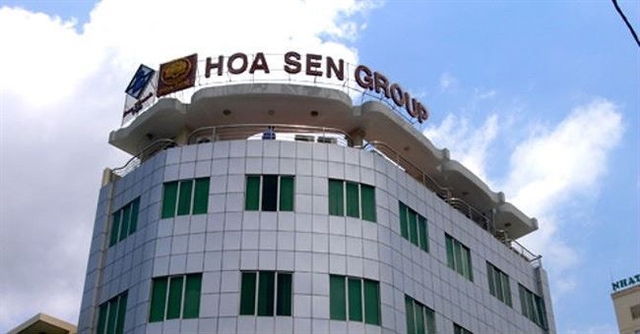 Society
Society

 |
| Workers producing wooden cutting boards for export at Đức Thành Wood Processing Joint Stock Company in Gò Vấp District, HCM City, return to work after Têt. VNA/VNS Photo Hồng Đạt |
HÀ NỘI — Various measures have been adopted by both authorities and enterprises to ensure stability for the labour market and prevent manpower shortages in key economic regions after the Lunar New Year (Tết) holiday, said the Ministry of Labour, Invalids and Social Affairs (MoLISA).
Speaking at the Government’s regular press conference on Wednesday, MoLISA Deputy Minister Nguyễn Văn Hồi said more than 52 million people are participating in the labour market, playing an extremely important role in sustaining production and business activities of enterprises and the whole economy.
Previously, part of the workforce often extended their leave, switched jobs, or changed living places after Tết, leading to labour shortages at certain factories and in some localities.
Facing that fact, before this year’s Tết, MoLISA had instructed localities to gain a good grasp of the labour market as well as the personnel situation of local plants and enterprises to take comprehensive measures for ensuring market stability, he noted.
He elaborated that provinces and cities have effectively carried out the labour market development plan under the Prime Minister’s Decision No. 176/QD-TTg, issued in 2021, helping update workers and enterprises about the labour market, connect labour supply and demand, and keep the market stable before, during, and after Tết.
The MoLISA urged localities and enterprises to properly implement salary and bonus policies for employees, especially those in industrial and export processing zones. They were also encouraged to arrange coaches to carry workers home for Tết and back to factories after the holiday while giving bonuses to those returning to work on time.
So far, industrial and export processing zones in such big industrial hubs as Hà Nội, Bắc Giang, Bắc Ninh, and Thái Nguyên in the north, as well as HCM City, Long An, Đồng Nai, and Bình Dương in the south have seen the majority of workers returning. Many has recorded the rate of labourers back to work at 97–98 per cent, and even 100 per cent, according to Hồi.
Notably, he went on, workers’ salary averaged nearly VNĐ9 million (US$360) per month in 2024, higher than that in 2023. Meanwhile, this year’s average Tết bonuses rose 13 per cent from last year’s to VNĐ7.72 million per capita.
In addition, many companies and industrial parks gave financial support covering workers’ Tết travel costs and provided the 13th-month salary.
Job fairs have also been held after Tết in many provinces and cities to connect stakeholders in the labour market, the official said. — VNS




